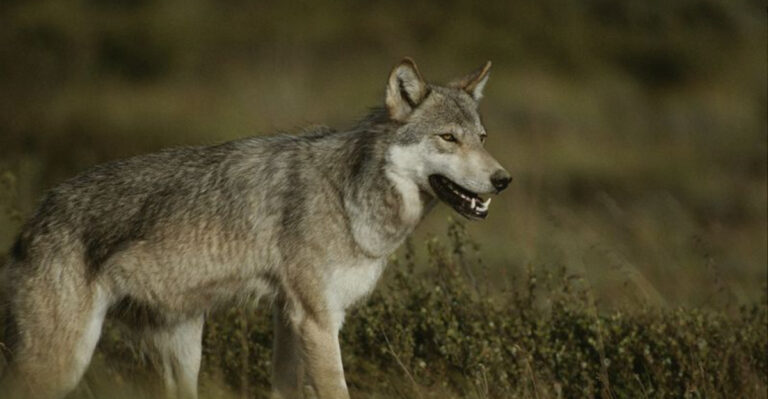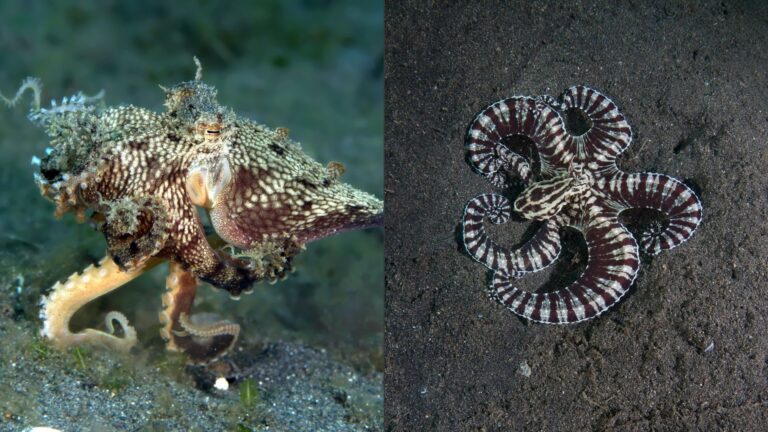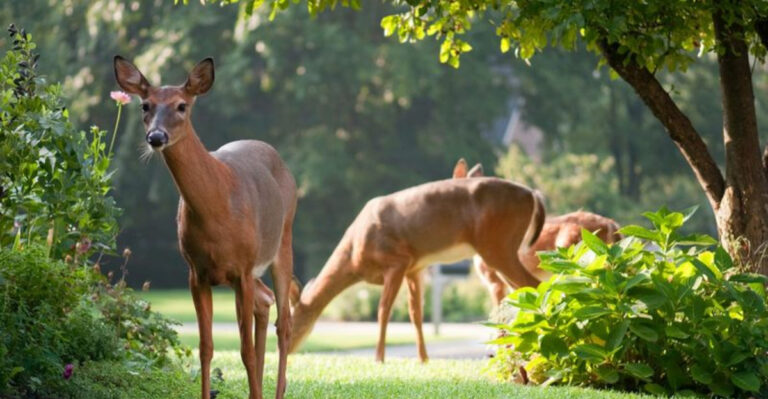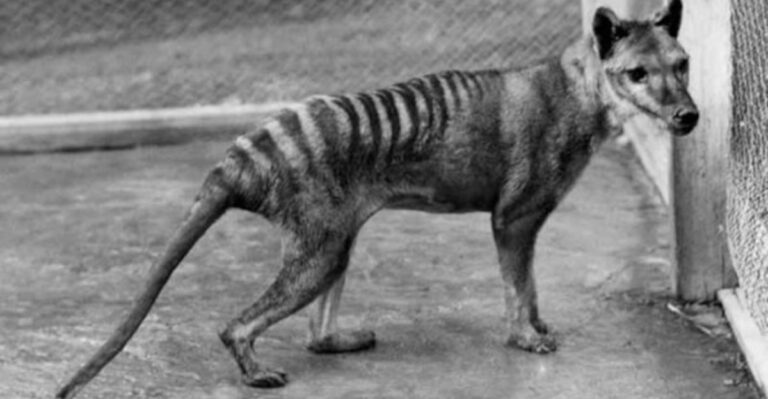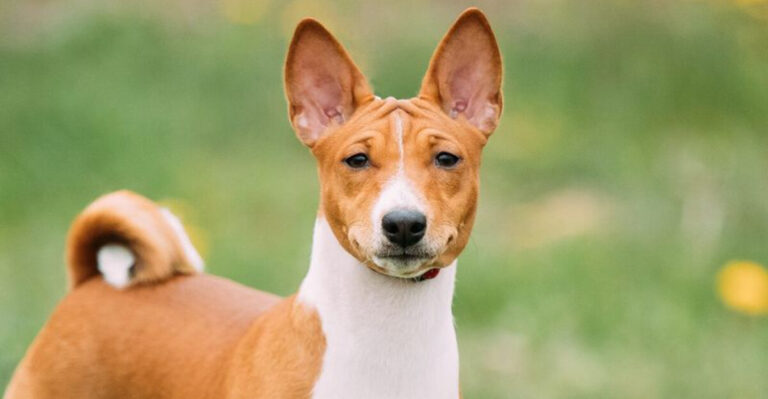20 State Animals – See How Many You Can Name
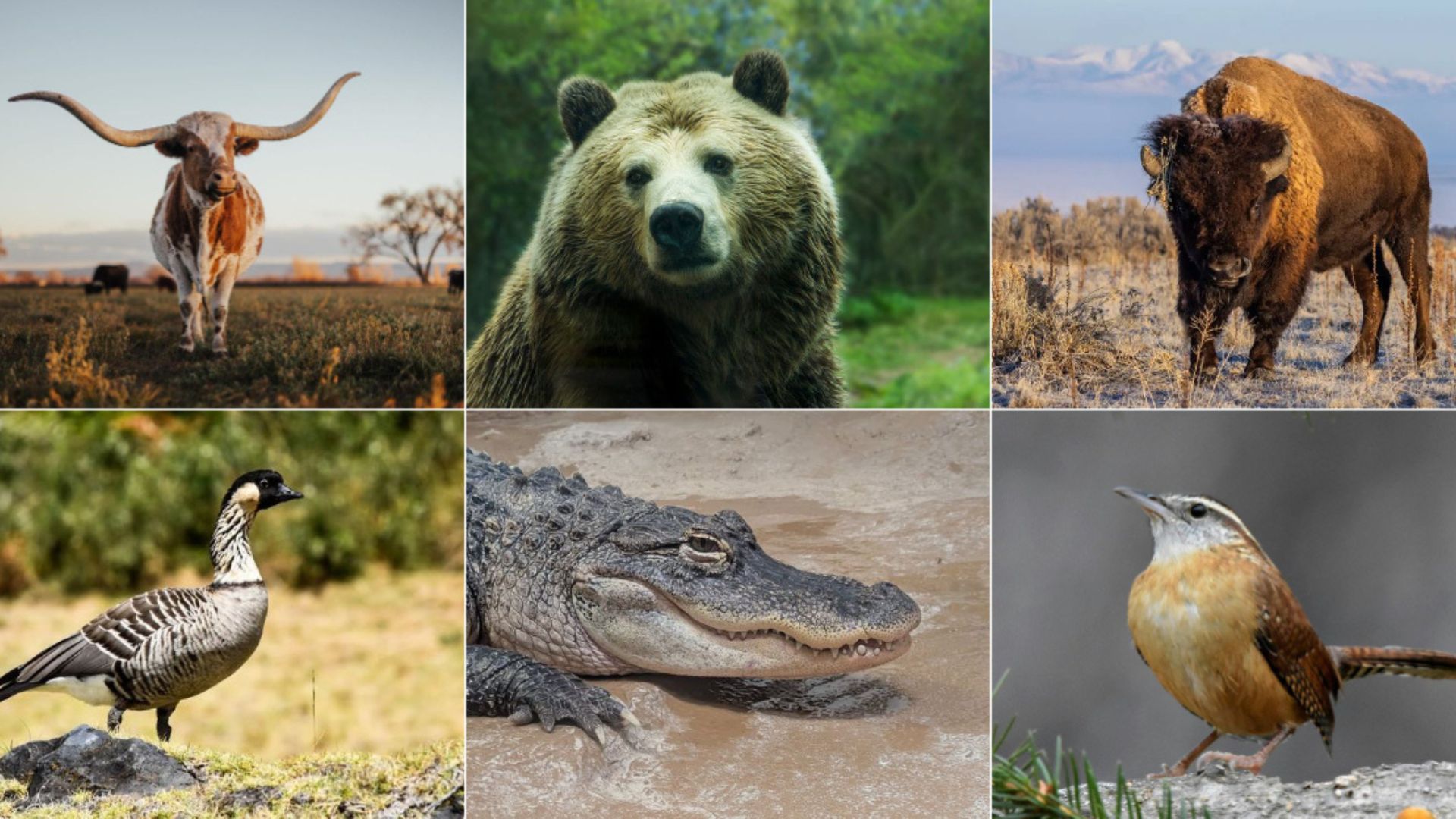
Embark on a fascinating journey through the United States as we introduce you to some of the state animals.
These creatures, each representing a specific state’s unique culture and natural heritage, range from the mundane to the magnificent.
See how many you can name as you explore each one’s distinctive characteristics and quirky traits. Ready to test your knowledge? Let’s find out!
1. Texas Longhorn (Texas)
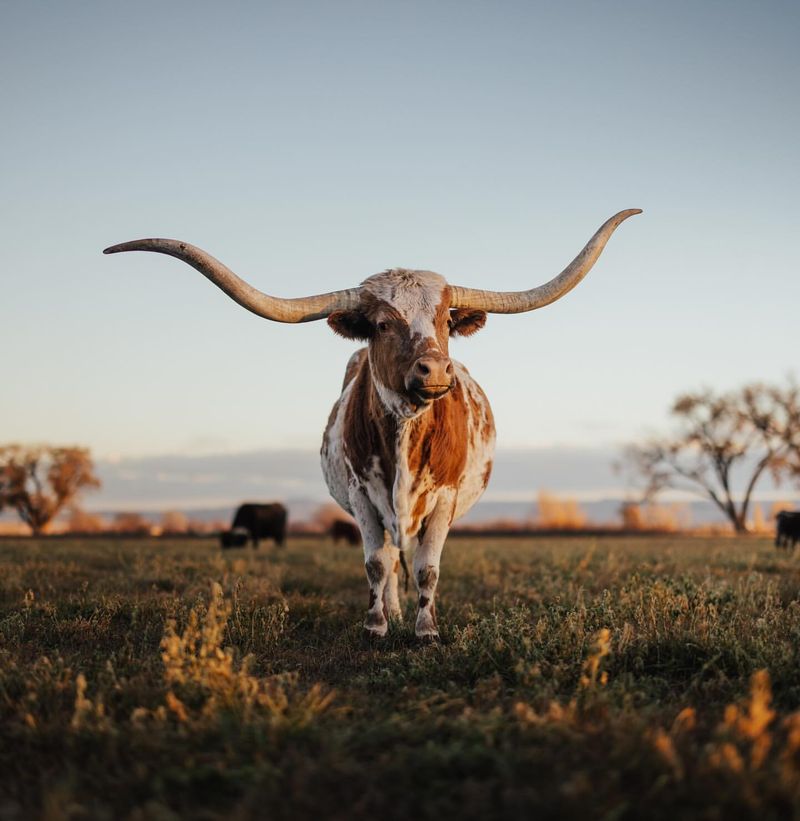
In the heart of Texas, the Longhorn reigns supreme as a symbol of the state’s rugged, enduring spirit. With horns that can extend over seven feet from tip to tip, these impressive bovines could probably pick up satellite TV if they tried hard enough!
Texas Longhorns are not just a pretty pair of horns; they come in various colors, all the more to dazzle the Texan plains. These cattle are celebrated for their resilience and adaptability, traits much appreciated in the expansive and unpredictable Texan climate. From the dusty ranches of the west to the rolling hills of the east, Longhorns have played a vital role in the state’s history, being integral to the cattle drives of the 19th century.
Their legacy continues today, as the University of Texas uses the Longhorn as its mascot, Bevo, who enjoys celebrity status in the world of college sports. And who can blame him? With such a noble bearing and historical significance, the Texas Longhorn truly earns its spot on this list.
2. California Grizzly Bear (California)
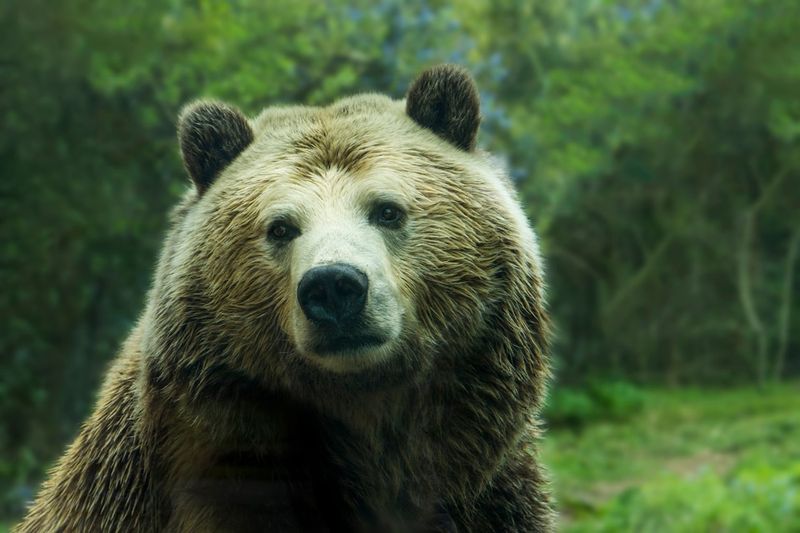
Once roaming the vast landscapes of California, the California Grizzly Bear was more than just a furry face on the state flag. These bears, known for their formidable size and strength, were crowned the official state animal in 1953, long after they had vanished from the wild. Despite their extinction in the wild, the California Grizzly remains a potent symbol of courage and strength.
Their image graces the state flag, serving as a reminder of the state’s untamed wilderness and pioneering spirit. It’s like having a ghost animal mascot – only friendlier. The story of the California Grizzly is a poignant reminder of the delicate balance between nature and human expansion. It encourages efforts toward conservation and wildlife protection, ensuring that such magnificent creatures are preserved for future generations.
The bear might be gone, but its legend lives on, inspiring Californians to embrace both courage and conservation.
3. American Alligator (Louisiana)
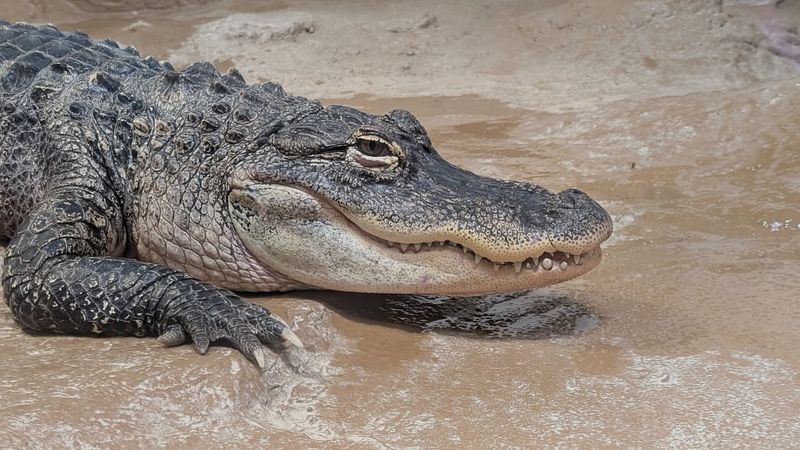
Lurking beneath the waters of Louisiana’s swamps, the American Alligator is a creature that commands both respect and a healthy dose of caution. Designated as the state reptile in 1983, these ancient beasts have inhabited the Earth for millions of years, far before humans thought about making states or naming state animals.
With a grin that showcases an impressive set of teeth, these alligators play a crucial role in their ecosystem as apex predators. They help maintain the balance by controlling prey populations and creating habitats for other species. Talk about being the ultimate landscapers of the swamp!
In Louisiana, the alligator is not just an animal but a part of the cultural fabric, featuring in local folklore and cuisine. From gumbo to gator tours, these reptiles have charmed their way into the hearts and homes of Louisianans, proving that not all smiles are created equal – some come with a powerful tail and a bite to match.
4. Eastern Tiger Swallowtail (Delaware)
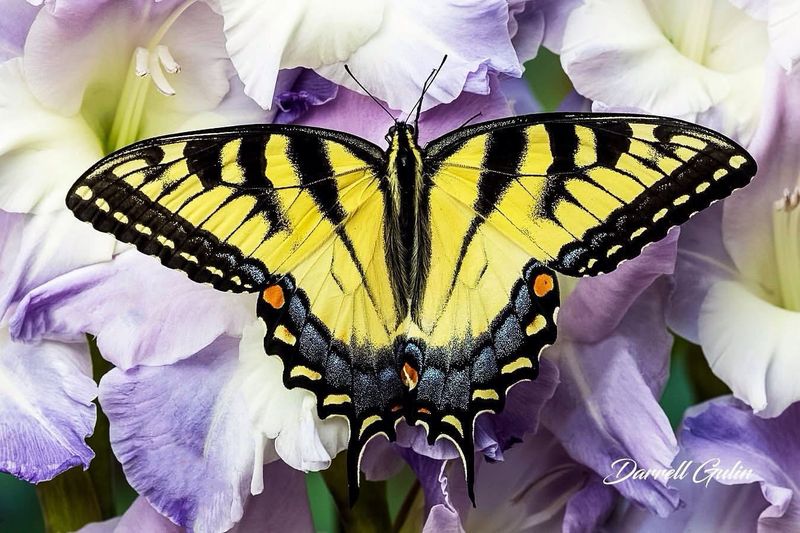
Fluttering gracefully through the gardens and meadows of Delaware, the Eastern Tiger Swallowtail butterfly adds a touch of color and elegance to the state’s natural beauty. Named the state butterfly in 1999, these delicate creatures are as charming as they are resilient.
Their striking yellow and black pattern might remind you of a miniature tiger, though fortunately, they are far more approachable and less likely to pounce. They thrive in a variety of habitats, from deciduous forests to suburban gardens. The Eastern Tiger Swallowtail serves as a pollinator, contributing to the health of Delaware’s flora.
Their presence in the state symbolizes transformation and beauty, inspiring residents to appreciate the small yet significant wonders of nature. Whether you’re a lepidopterist or just someone who loves a good garden party, this butterfly is sure to capture your heart.
5. Maine Coon Cat (Maine)

In the cozy corners of Maine, the Maine Coon Cat prowls with a regal air, embodying both the wild spirit and homey charm of the state. Officially recognized as the state cat in 1985, these gentle giants are known for their tufted ears, bushy tails, and friendly demeanor. As one of the largest domestic cat breeds, they can reach impressive sizes while maintaining their affectionate and playful nature.
Despite their majestic appearance, Maine Coons are as approachable as a cup of hot cocoa on a cold day. They are highly social creatures, often following their human companions around the house, perhaps in an attempt to supervise daily activities or just enjoy a bit of company.
Their origins are shrouded in mystery and folklore, with tales ranging from ship cats to raccoon hybrids. Regardless of how they came to be, Maine Coons have won the hearts of cat lovers everywhere with their playful nature and hearty purrs. It seems that Maine has not only gifted us with lobster but also with the purrfect feline companion.
6. Carolina Wren (South Carolina)
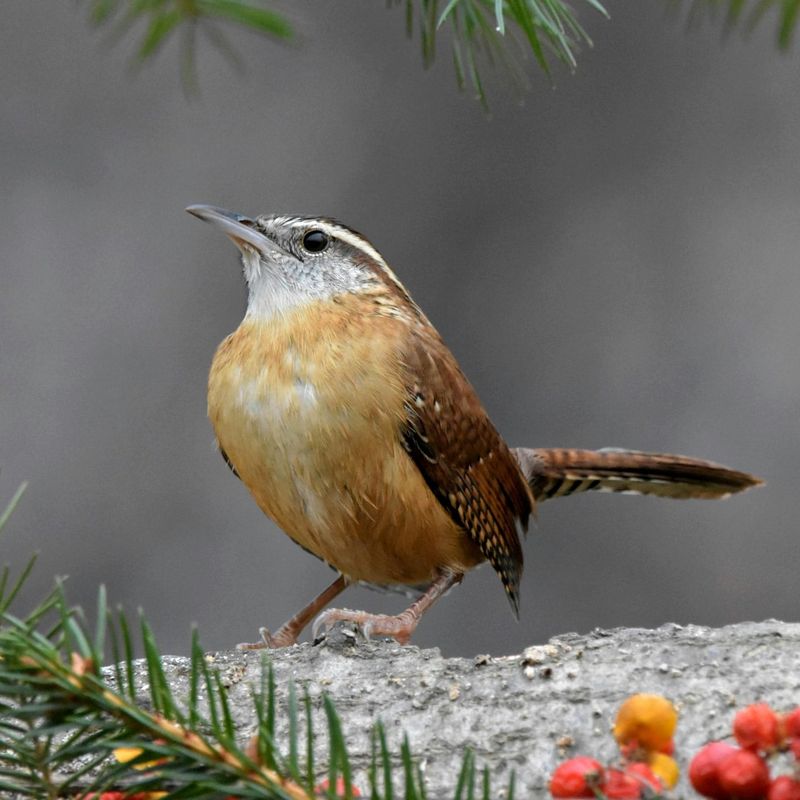
Singing its heart out amidst the lush gardens and woodlands of South Carolina, the Carolina Wren is a small bird with a big voice. Designated as the state bird in 1948, this feathered vocalist is known for its energetic song and charismatic presence.
Carolina Wrens are the troubadours of the avian world, filling the air with their melodious tunes. They are often heard before they are seen, serenading passersby from the safety of dense shrubbery or backyard feeders. These birds are not just about making beautiful music; they are also a symbol of resilience and adaptability, thriving in both urban and rural settings.
Their cheerful disposition and hearty songs remind South Carolinians to embrace joy and harmony, no matter the season. With the Carolina Wren around, there’s always a reason to whistle a happy tune.
7. American Bison (Wyoming)
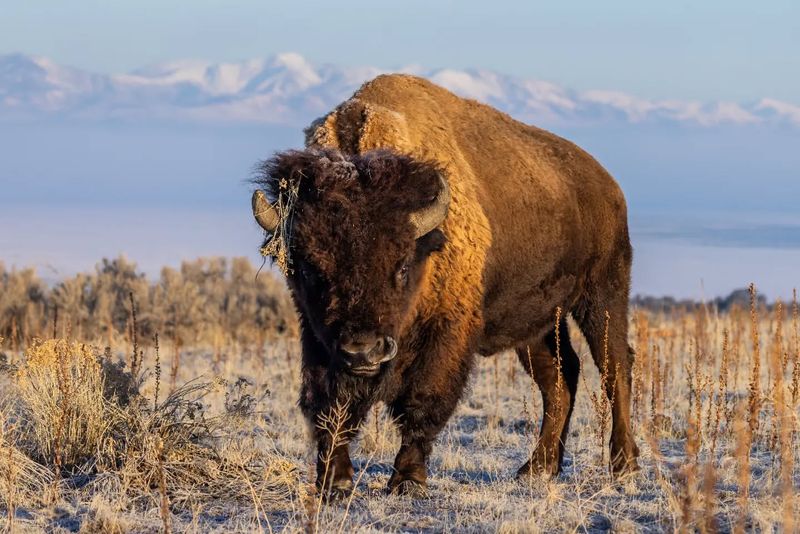
In the wide-open spaces of Wyoming, the American Bison roams as a living symbol of the rugged wilderness and untamed beauty of the American West. Known as the state mammal since 1985, bison are iconic figures of strength and freedom.
Despite their massive size and imposing horns, bison are surprisingly agile and can sprint at speeds up to 35 miles per hour. Imagine that—nature’s version of a four-legged freight train, complete with a shaggy coat and a peaceful demeanor (most of the time).
The American Bison’s presence in Wyoming is a testament to successful conservation efforts as these magnificent creatures have rebounded from the brink of extinction. They hold a special place in Native American culture and are celebrated for their historical and cultural significance.
Whether grazing in Yellowstone or thundering across the plains, bison leave an indelible mark on anyone lucky enough to witness them.
8. Monarch Butterfly (Illinois)
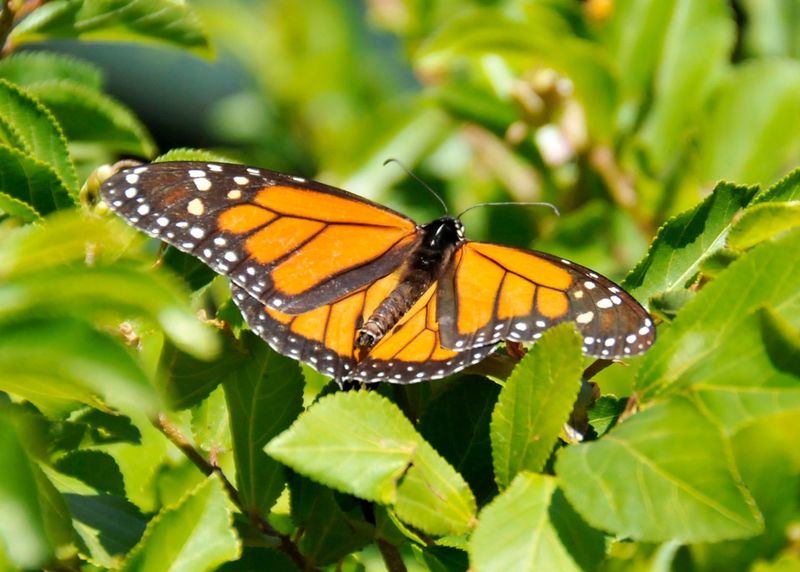
Sweeping through the prairies and gardens of Illinois, the Monarch Butterfly captivates onlookers with its vibrant orange and black wings. As the state insect, this butterfly is a celebrated traveler, embarking on a remarkable migration journey every year.
Monarchs undertake an epic migration, traveling thousands of miles from Canada to central Mexico. Their path through Illinois is a crucial stopover, where they refuel on nectar and lay eggs on milkweed plants, ensuring future generations of these winged wanderers. The Monarch Butterfly symbolizes transformation and endurance, qualities that resonate with the people of Illinois.
Efforts to preserve their natural habitat reflect a broader commitment to environmental stewardship. With their striking appearance and awe-inspiring journeys, Monarchs remind us of the beauty and resilience found in nature’s smallest creatures.
9. North American Beaver (Oregon)
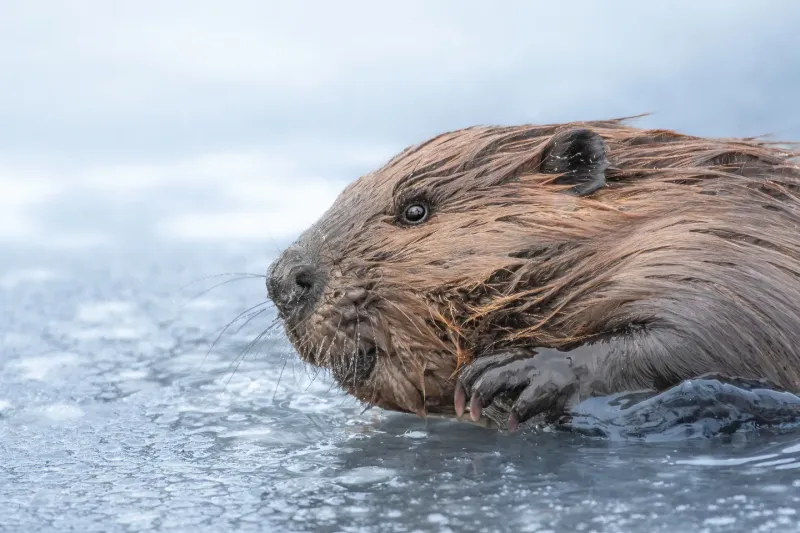
Busy as, well, a beaver – the North American Beaver is the industrious architect of Oregon’s waterways. Recognized as the state animal, these creatures are known for their extraordinary ability to transform their environment. With their strong teeth and innate engineering skills, beavers construct dams that create wetlands, offering habitats for a diverse range of species.
Their work is a natural marvel, akin to a furry civil engineer with a taste for eco-friendly development. In Oregon, beavers are more than just builders; they are symbols of hard work and perseverance. Their dams help control flooding, improve water quality, and increase biodiversity.
As both a keystone species and a cultural icon, the North American Beaver embodies the pioneering spirit of the Beaver State. Who knew that a rodent’s obsession with woodwork could be so beneficial and inspiring?
10. Bottlenose Dolphin (Florida)
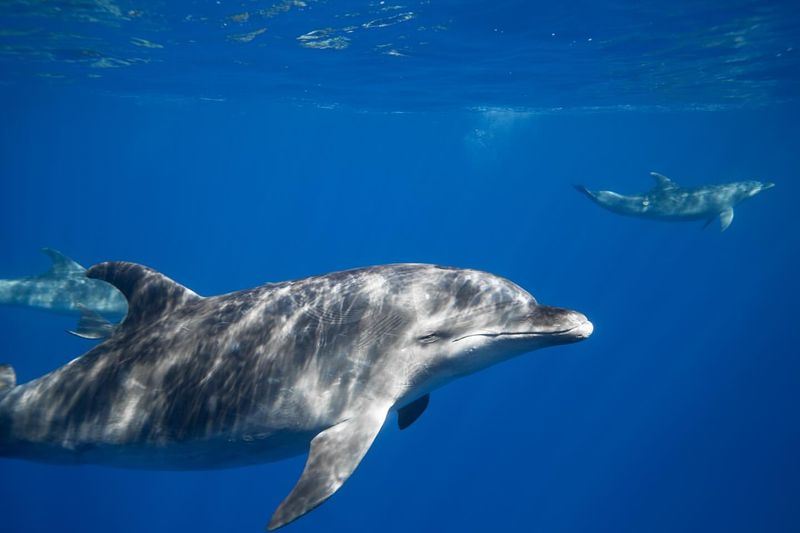
With a splash and a smile, the Bottlenose Dolphin frolics in the warm coastal waters of Florida. Officially designated as the state marine mammal, these dolphins are beloved for their intelligence, playfulness, and social nature.
Renowned for their acrobatics and curious behavior, Bottlenose Dolphins frequently delight beachgoers and boaters with their playful antics. They communicate using a complex system of clicks and whistles, a language as lively and intriguing as a Floridian sunset.
Beyond their entertainment value, dolphins play a critical role in marine ecosystems, serving as indicators of ocean health. Efforts to protect their habitats reflect a broader commitment to marine conservation.
With their friendly demeanor and ecological importance, Bottlenose Dolphins embody the vibrant, sun-soaked spirit of Florida. Whether surfing the waves or simply cruising along, these marine mammals make a splash wherever they go.
11. Chinook Salmon (Washington)
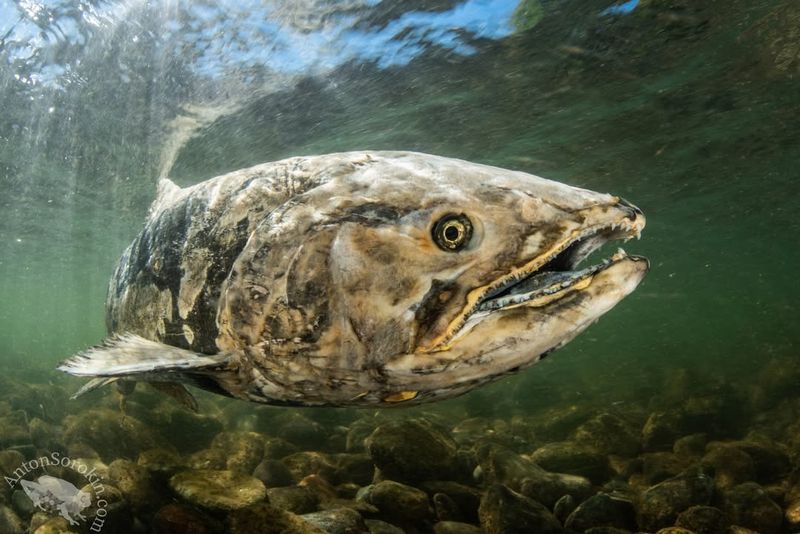
In the rushing rivers of Washington, the Chinook Salmon embarks on an epic journey upstream that would make any endurance athlete proud. As the state fish, these salmon are celebrated for their remarkable life cycle and cultural significance. Chinook Salmon are born in freshwater streams, migrate to the ocean, and return to their birthplace to spawn – a journey fraught with peril and determination.
Their annual migration is a spectacle of nature’s resilience and a critical event for the ecosystems they inhabit. These fish are not only vital to the environment but also hold immense importance for the indigenous cultures of the Pacific Northwest.
Revered as symbols of renewal and abundance, Chinook Salmon are central to traditional diets and ceremonies. They remind us of the interconnectedness of life and the enduring spirit of the natural world. Whether on the plate or in the wild, Chinook Salmon continue to swim against the current of challenges, inspiring all who encounter them.
12. Common Loon (Minnesota)
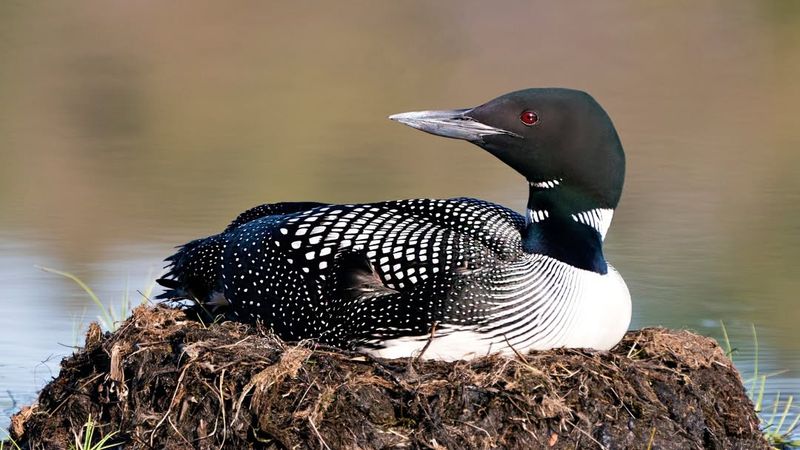
Minnesota’s lakes are serenaded by the haunting calls of the Common Loon, a bird revered for its eerie, echoing song and striking appearance. As the state bird, the loon holds a special place in the hearts of Minnesotans. With its black-and-white plumage and red eyes, the Common Loon is a master swimmer and diver, capable of reaching depths that would make even the most seasoned scuba divers envious.
They are the quintessential companions to Minnesota’s pristine lakes and tranquil mornings. Loons are symbols of wilderness and solitude, embodying the peaceful yet rugged landscapes of the North Star State.
Their presence speaks to the importance of preserving natural habitats, ensuring that loons continue to grace the waters with their beauty and song. Whether a summer resident or a winter wanderer, the Common Loon’s mournful cry remains an enduring melody of Minnesota’s wild places.
13. Hermit Crab (Maryland)
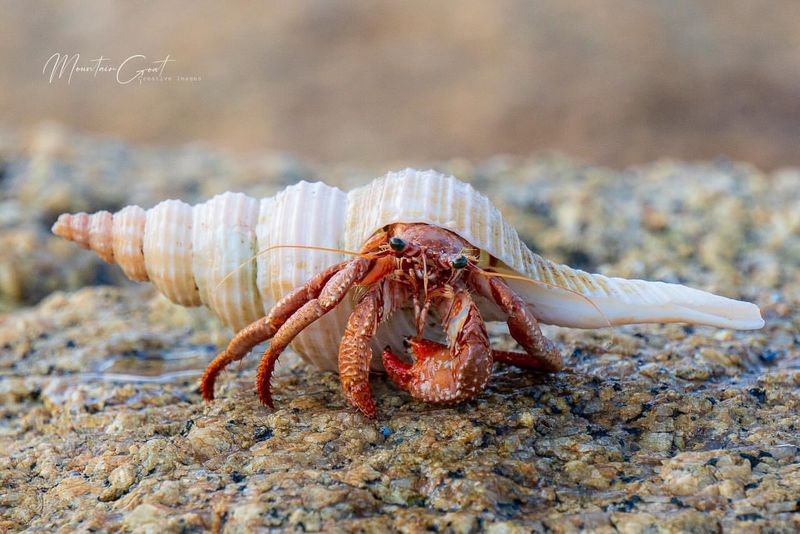
On the sandy shores of Maryland, the Hermit Crab scuttles about, embodying the quirky charm of the state’s coastal regions. Adopted as the state crustacean, these crabs are known for their unique habit of reusing empty shells as mobile homes. Unlike typical crabs, Hermit Crabs do not have a hard shell of their own; instead, they borrow shells from other sea creatures, showcasing their resourcefulness and adaptability.
It’s the ultimate seaside real estate game, where the stakes are high, and the shells are stylish. Hermit Crabs are more than just beachside wanderers – they are symbols of environmental awareness and conservation. Their need for clean habitats and fresh shells underscores the importance of protecting marine environments.
In a world where creativity and sustainability go hand in hand, Hermit Crabs remind us that home is where you find it, and sometimes, it’s just a shell away.
14. Rocky Mountain Elk (Utah)
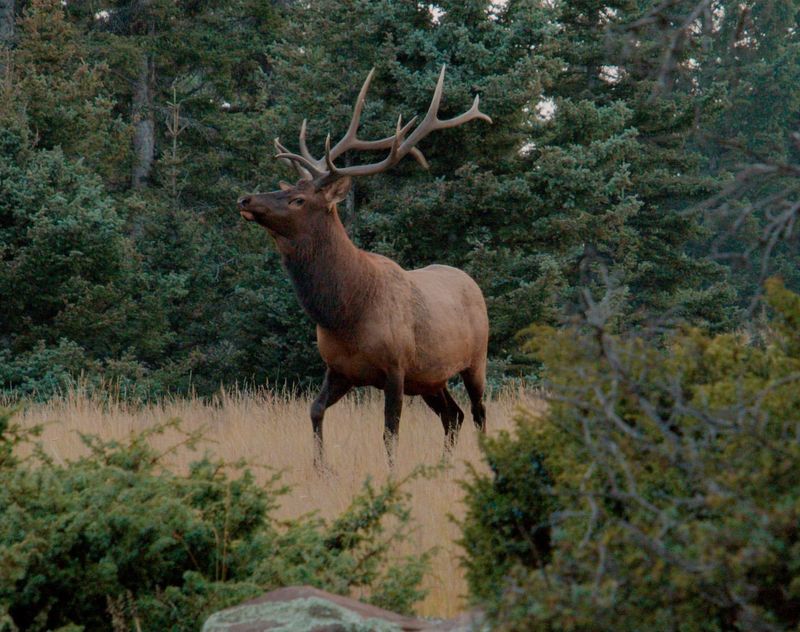
In the majestic wilderness of Utah, the Rocky Mountain Elk stands as a testament to the state’s natural beauty and grandeur. Declared the state animal, these elk are celebrated for their majestic antlers and noble presence. During the mating season, male elk, known as bulls, engage in dramatic displays of strength and endurance, vying for the attention of females.
Their haunting bugle calls echo through the forests, a sound synonymous with the wild heart of the Rockies. Rocky Mountain Elk are vital to their ecosystems, playing roles in seed dispersal and vegetation control. They are also a draw for wildlife enthusiasts and hunters, contributing to Utah’s outdoor recreation industry.
Whether seen grazing in meadows or silhouetted against the mountain skyline, these elk capture the essence of the state’s rugged allure, making them a crown jewel of Utah’s wildlife.
15. Nene Goose (Hawaii)
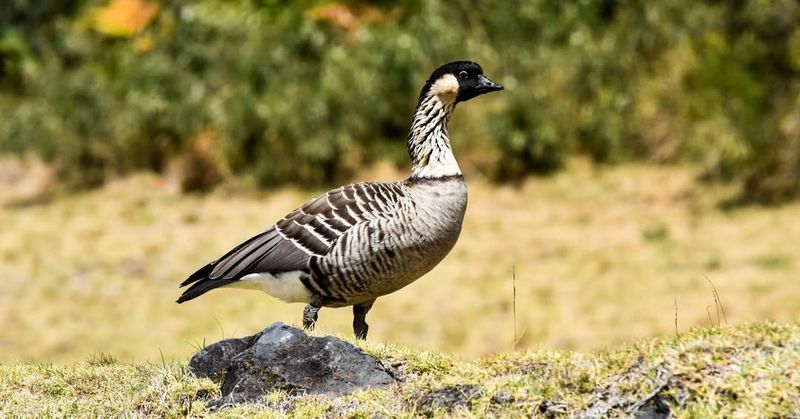
In the tropical paradise of Hawaii, the Nene Goose waddles with grace and charm, embodying the island’s unique biodiversity. As the state bird, the Nene, or Hawaiian Goose, is a symbol of native wildlife conservation. Once on the brink of extinction, concerted efforts have brought the Nene back from the edge, making it a conservation success story.
These geese are well adapted to Hawaii’s volcanic landscapes, often seen nibbling on native plants and grasses. The Nene’s journey reflects Hawaii’s commitment to preserving its natural heritage.
Their gentle nature and distinctive appearance make them beloved ambassadors of the islands, reminding residents and visitors alike of the importance of safeguarding the environment.
16. Coyote (South Dakota)
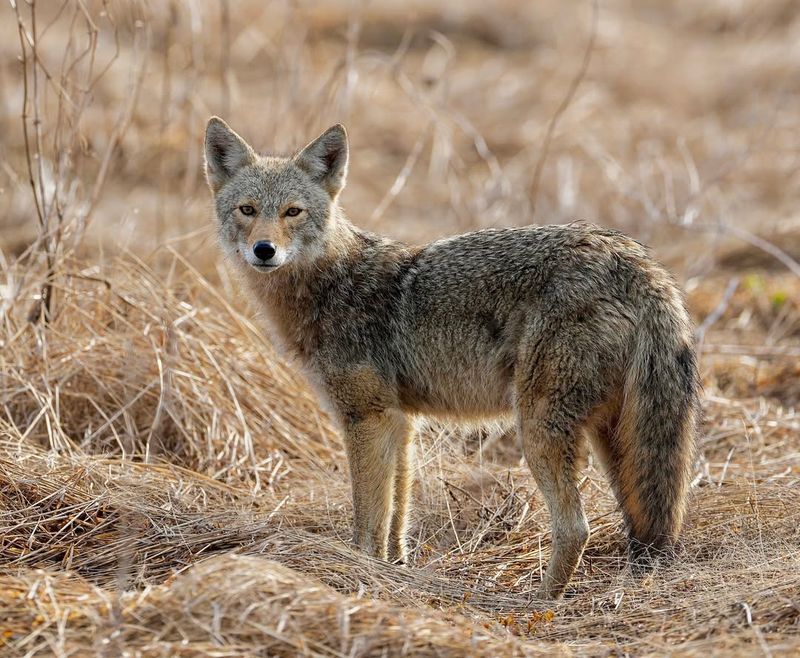
Across the vast prairies of South Dakota, the Coyote roams with a cunning grin and a howl that echoes across the open plains. As the state mammal, the coyote is admired for its intelligence and adaptability. Often misunderstood, these canids are remarkable survivors, navigating landscapes altered by human development.
Coyotes are known for their resourcefulness, able to thrive in both rural and urban environments. Their yips and howls are a familiar sound in the South Dakota wilderness, often mistaken for more than they are – a testament to their elusive nature. Coyotes play a critical role in maintaining ecological balance, controlling rodent populations, and contributing to biodiversity.
In South Dakota, they are a reminder of the wild spirit that defines the state’s vast landscapes. Whether seen as tricksters in folklore or resilient wildlife, coyotes embody the adaptability and tenacity needed to thrive in an ever-changing world.
17. Gopher Tortoise (Georgia)
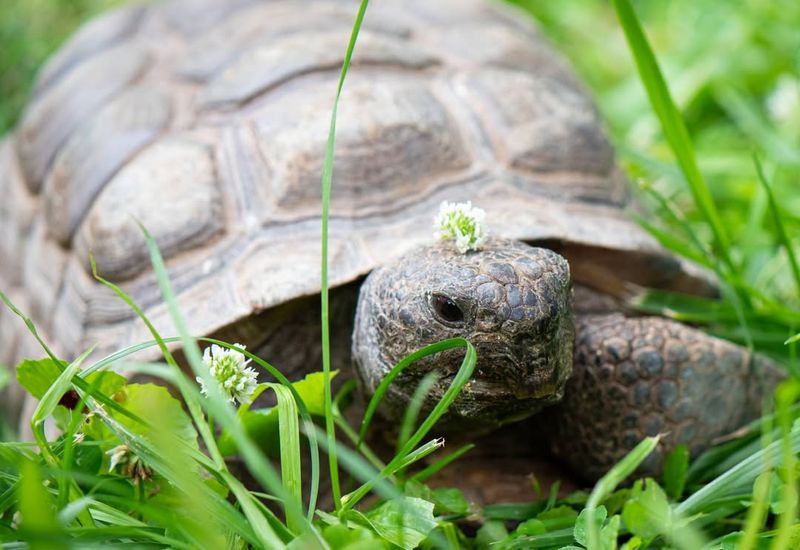
Slow and steady wins the race, or so the Gopher Tortoise would have you believe as it lumbers through Georgia’s sandy soils. Recognized as the state reptile, these tortoises are vital architects of their ecosystems. Gopher Tortoises dig extensive burrow systems that provide shelter for themselves and other wildlife.
These underground homes are crucial for the survival of many species, acting as nature’s very own apartment complex. It’s a lifestyle all about location, location, location. In Georgia, the Gopher Tortoise is a keystone species, emphasizing the importance of habitat preservation and biodiversity.
Their conservation status highlights the need for environmental awareness and protection efforts. With their steady gait and ecological significance, Gopher Tortoises remind us that slow and purposeful actions can lead to lasting impacts.
18. Eastern Bluebird (New York)
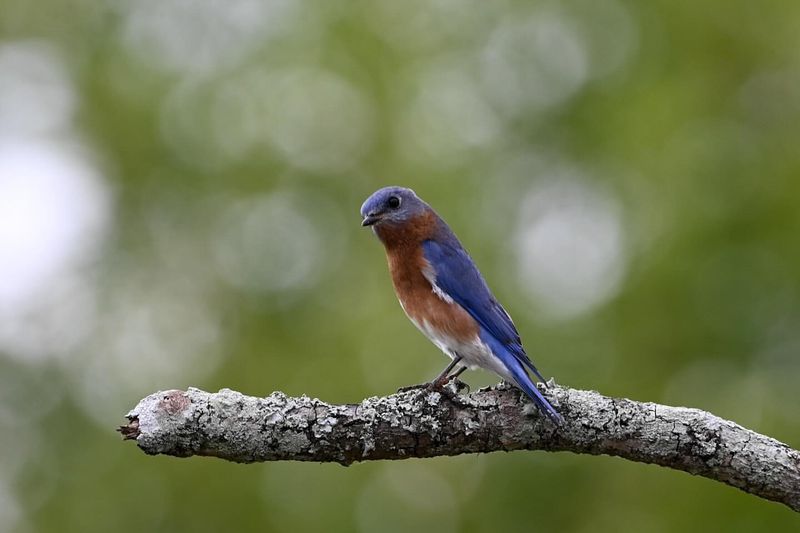
In the bustling state of New York, the Eastern Bluebird brings a splash of color and melody to the countryside. As the state bird, they are cherished for their brilliant blue plumage and cheerful song. Eastern Bluebirds are heralds of spring, often seen flitting about orchards and open fields in search of insects.
Their presence is a welcome sign of warmer days and blooming landscapes, a natural reminder that winter’s grip is loosening. These birds are symbols of happiness and renewal, inspiring efforts to preserve open spaces and natural habitats in a state known for its urban sprawl.
With their vibrant feathers and joyful tunes, Eastern Bluebirds brighten the New York skyline, proving that even in a concrete jungle, nature’s beauty can thrive.
19. Mountain Bluebird (Idaho)
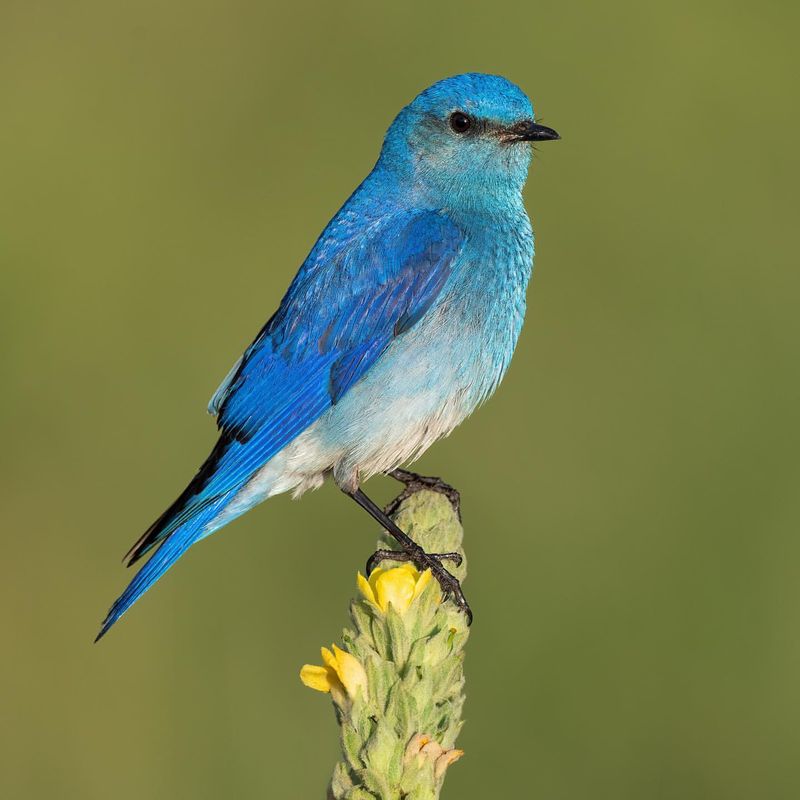
In the sweeping landscapes of Idaho, the Mountain Bluebird perches like a jewel against the vast sky, offering a vision of tranquility and beauty. As the state bird, this azure avian is a beacon of grace and freedom. Mountain Bluebirds thrive in open grasslands and meadows, where they hunt for insects with remarkable agility.
Their striking blue feathers reflect the expansive skies they call home, a natural harmony that defines Idaho’s wilderness. These birds are more than just eye-catching residents; they symbolize hope and the pristine beauty of untouched landscapes. As one of the most beautiful blue birds, their vibrant plumage adds a splash of brilliance to the wild, making them a true gem of nature.
Efforts to protect their habitats align with broader conservation initiatives, ensuring that the Mountain Bluebird continues to inspire joy and wonder. Whether soaring through the skies or perched in quiet contemplation, these birds are the embodiment of serenity and the spirit of the open West.
20. Atlantic Puffin (Maine)
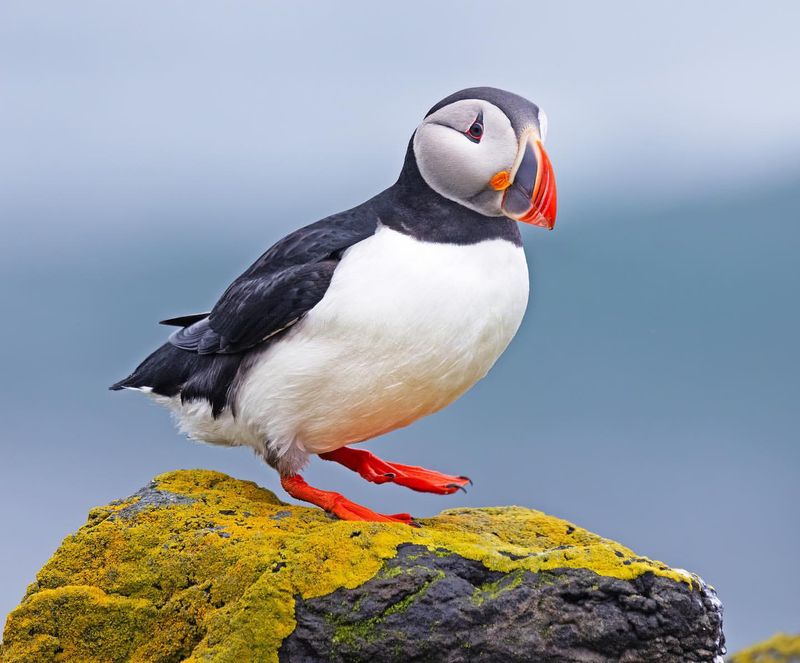
With its vibrant beak and spirited gaze, the Atlantic Puffin stands as a charming resident of Maine’s rugged coastlines. Known as the “sea parrot,” these birds are the embodiment of coastal charm and resilience.
Puffins are expert divers, using their wings to swim underwater in pursuit of fish. Their unique appearance and playful antics make them a favorite among birdwatchers and tourists visiting Maine’s islands. The Atlantic Puffin is a symbol of the delicate balance of marine ecosystems and the need for conservation.
Their colonies face threats from climate change and overfishing, highlighting the importance of protecting oceanic habitats. With their endearing waddle and striking silhouettes, puffins remind us that even the smallest birds can make a big impression.

